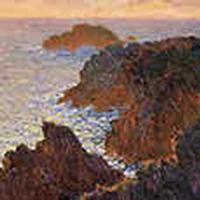ROSSINI The Thieving Magpie Overture
MOZART Violin Concerto No. 3
DEBUSSY Images: Gigues, Ibéria, Rondes de printemps
Innovation in the field of music leads to deeper, ever more beautiful representations of life through music. The Reflections and Images program highlights such innovations, from the progression of the operatic form to the use of new harmonies.
Gioachino Rossini, often referred to as the King of Comic Opera, started his operatic journey early, composing as a child and receiving his first operatic commission at 15. In fact, by the time he was 31 years old, this prolific composer had written 34 operas! In the late 1700s to early 1800s, an opera performance was accompanied by keyboard. In Rossini’s operas, he began to replace the keyboard accompaniment with orchestration. His operas also laid new foundations for the art form as he “fleshed out” his characters, making them more human so that the audience could identify with them. He added drama to his performances at no expense to the singing. Although Rossini was well known for his comic operas, he did have some serious operas. The Thieving Magpie may, at first, sound like a comic opera, but it is not. Rather it is based on a true tale from France in which a young girl is falsely accused of stealing a silver spoon and is put to death. But in 1817, operas had to have a happy ending, so Rossini’s tale has Ninetta jailed and then set free when the guilty magpie is discovered.
Rossini’s overture is followed by Mozart’s Violin Concerto No. 3. This piece, written in 1775, is the third of five violin concertos that Wolfgang Amadeus wrote that year. The violin solo in this composition breaks new ground as it imitates the style of an Italian operatic vocal solo. Guest soloist Yevgeny Kutik will be joining the Dayton Philharmonic Orchestra for this performance. Kutik debuted in 2003, winning first place in the Boston Symphony Orchestra Young Artists Competition. The artist is known for his technical precision and virtuosity and has performed with symphony orchestras around the world. Kutik has released two albums, Songs of Defiance and Music from the Suitcase: A Collection of Russian Miniatures.
The evening’s program climaxes with Claude Debussy’s Images for orchestra. This three-movement work sets out to capture the essence of England (Gigues), Spain (Ibéria), and France (Rondes de printemps). As a composer, Debussy took inspiration from visual artists, such as the Impressionists, as well as the literati of the time, especially the French symbolist poets Charles Baudelaire and Paul Verlaine and American writer Edgar Allan Poe. Now credited for revitalizing French music during the late 1890s and early 1900s, during his lifetime he was criticized for his use of new harmonies and the “radical” music that ensued. It was those new and innovative tones in his music, however, that allowed Debussy to paint his musical pictures. That said, he did not look favorably upon those who consistently referred to his music as “impressionistic.” Debussy thought the term was used indiscriminately and wasn’t true to what he was actually setting out to accomplish, which was creating a reality.
Images begins with Gigues, a jig. The tone and tempo, however, are not what a listener would consider to be a sprightly dance. Instead, the piece reflects on “The Streets,” a poem by Paul Verlaine, which is anything but sprightly: “So skilfully would she proceed To make a lover's bare heart bleed, That it was beautiful indeed! Let's dance the jig!” And so the poem continues, the narrator’s heart broken and Debussy’s tone following suit. The movement has none of the typical lighthearted rhythm or tempo; instead, the music “wants” to quicken but cannot, alas, “dance the jig!” Images moves next to Ibéria, perhaps the best-known piece from the work. This movement is divided into three parts, describing Streets and Roadsides, Perfumed Darkness, and The Morning of a Festival. Images concludes with images of France in Rondes de printemps (Dances of Spring). The final movement evokes May Day and the celebratory mood of the season. In his music, Debussy sought to explore the “relationship between Nature and Imagination.” This master work accomplishes that, giving the imagination of the audience a front-row seat to the essence of England, of Spain, and of France.
Cast and Creative team for Reflections and Images at Benjamin and Marian Schuster Performing Arts Center
YEVGENY KUTIK violin
DAYTON PHILHARMONIC ORCHESTRA
Videos
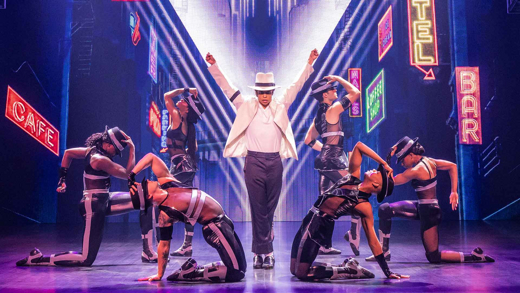
|
MJ: The Musical
Schuster Center (6/24 - 6/29) | |
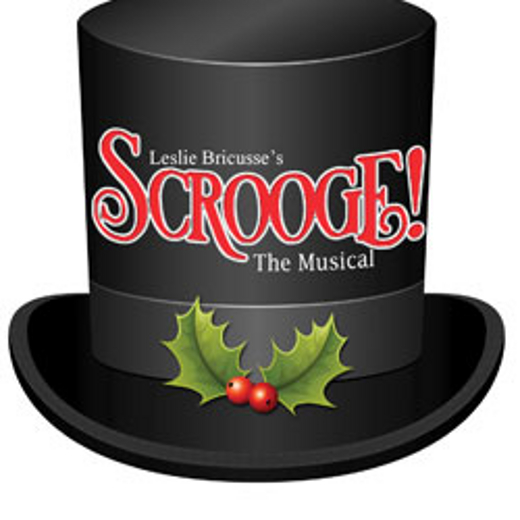
|
Scrooge: The Musical
La Comedia (11/1 - 12/28) | |
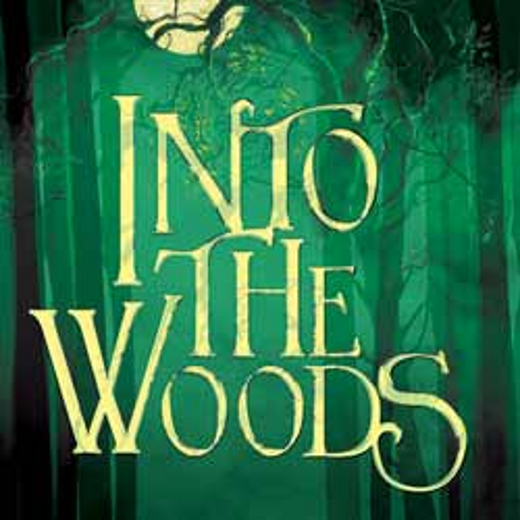
|
Into The Woods
La Comedia (3/27 - 5/4) | |

|
Legally Blonde: The Musical
La Comedia (9/18 - 10/26) | |
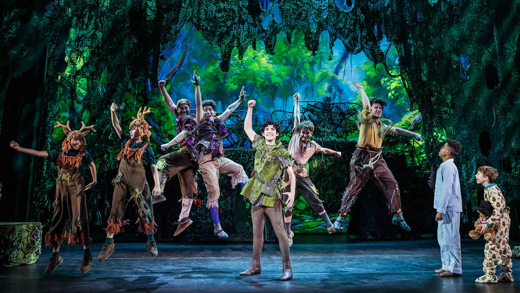
|
Peter Pan
Schuster Center (2/26 - 3/2) | |
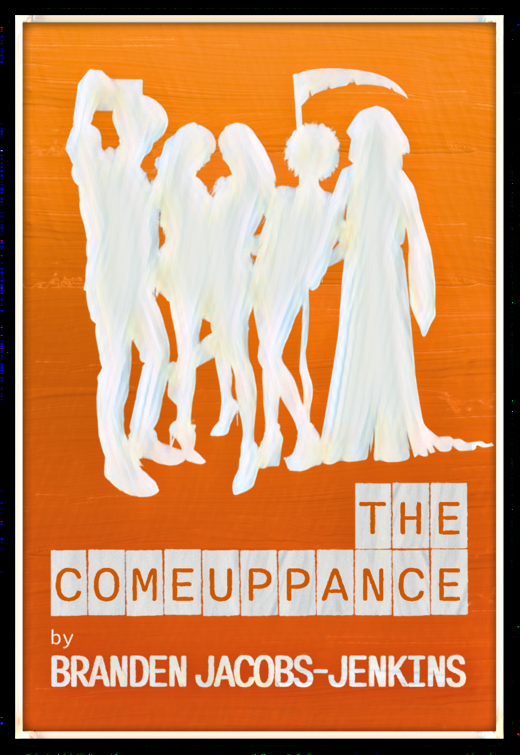
|
The Comeuppance
The Human Race Theatre Company (5/27 - 6/8) | |

|
SIX (Boleyn Tour)
Schuster Performing Arts Center [Mead Theatre] (1/14 - 1/19) | |
| VIEW SHOWS ADD A SHOW | ||
Recommended For You


